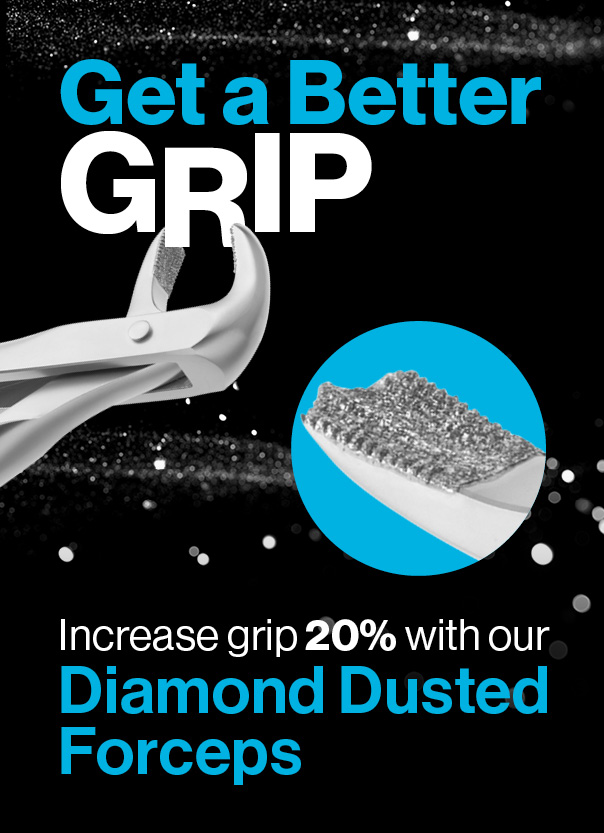Blog
Are Your Diagnostic Instruments Overdue for a Checkup?
- Read more about Are Your Diagnostic Instruments Overdue for a Checkup?
- Log in or register to post comments
Ensuring Your Mirrors, Probes, and Explorers Are in Top Shape
Think back: When was the last time you updated your diagnostic instrumentation?
A diagnostic instrument’s useful lifespan can extend for years. There may be probes and explorers in use right now in some dental offices that performed exceptionally well over time but are truly no longer in optimal condition to advance efficient and vital dental diagnoses.

